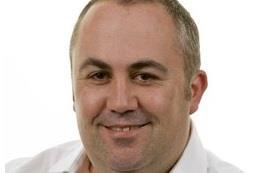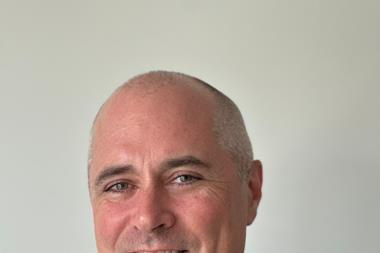Profits rose for Sabre in 2018, as it continued to focus on underwriting profit over growth in gross written premium
Specialist motor underwriter Sabre achieved a combined operating ratio (COR) of 70.6% in 2018, despite having to deal with claims inflation of 6%.
The COR increased from 2017, when it achieved a figure of 68.5%, but analysts recognised it remained an ‘industry lowest’.
Barclays said Sabre’s defensive business model had allowed it to hit targets, and that the high rate of claims inflation had been priced through by the business.
However, its approach to pricing did result in a failure to increase gross written premium. This remained flat at £210.0m, compared to £210.7m in 2017.
Barclays added: “We expect Sabre to continue pricing business rationally above claims inflation (+6% in 2019), potentially at a small cost to market share.
“Sabre represents the most defensive business model in the continued soft market environment.”
Special dividend
In its first full year listed on the London Stock Exchange, it achieved a profit before tax of £61.5m, up from £55.5m.
It achieved a solvency coverage ratio of 213%, up from 160% last year, which has allowed Sabre to issue a special dividend of 6.0p.
As well as recognising its COR being “considerably better than the market average”, analyst Joanna Parsons of Canaccord Genuity recognised that Sabre’s conservative outlook should put it in a good position for this year.
She said: “It is cautious about the potential market savings from whiplash reforms and has been more conservative than some peers as it has continued to reserve using the discount rate of -0.75%.
“As a result it should benefit (albeit in a limited way) assuming the Ogden reform sees the rate move to the anticipated 0%-1%.
“However, whilst this indicates a still challenging market outlook in 2019 (as we have expected), we remain of the view that Sabre is well positioned to ride this part of the cycle given its specialist motor/underwriting profit focus.”
Underwriting focus
Sabre chief executive Geoff Carter said the results reflect the company’s focus on underwriting profitability over price.
He said: “Against the backdrop of what have been competitive underlying market conditions during the year, we have stuck to our core principle of focusing on underwriting profitability over volume growth.
“This has ensured that we maintained our market-leading underwriting performance, with a combined operating ratio better than our target, and continued to deliver strong organic capital generation.
“The strong capital generation, driven by our profitability, has allowed us to return a proportion of excess capital generated through a proposed special dividend, whilst maintaining our solvency ratio above our preferred range of 140-160%.
“From an operational perspective, we have continued to make excellent progress, building on our competitive strengths with the introduction of new rating factors and data sources while exploring new, complementary product lines and maintaining our focus on customer service.
“Looking ahead, there remains uncertainty around the market dynamics, but we will continue to take a prudent approach to monitoring and responding to potential changes and trends in our industry, taking pricing action only when speculation and opinion becomes fact.
“We are confident that by maintaining our absolute focus on underwriting discipline - treating volume as an output not target - we will continue to deliver strong profitability and attractive, consistent returns for shareholders and are well positioned to take advantage of growth opportunities at the appropriate time.”












































No comments yet